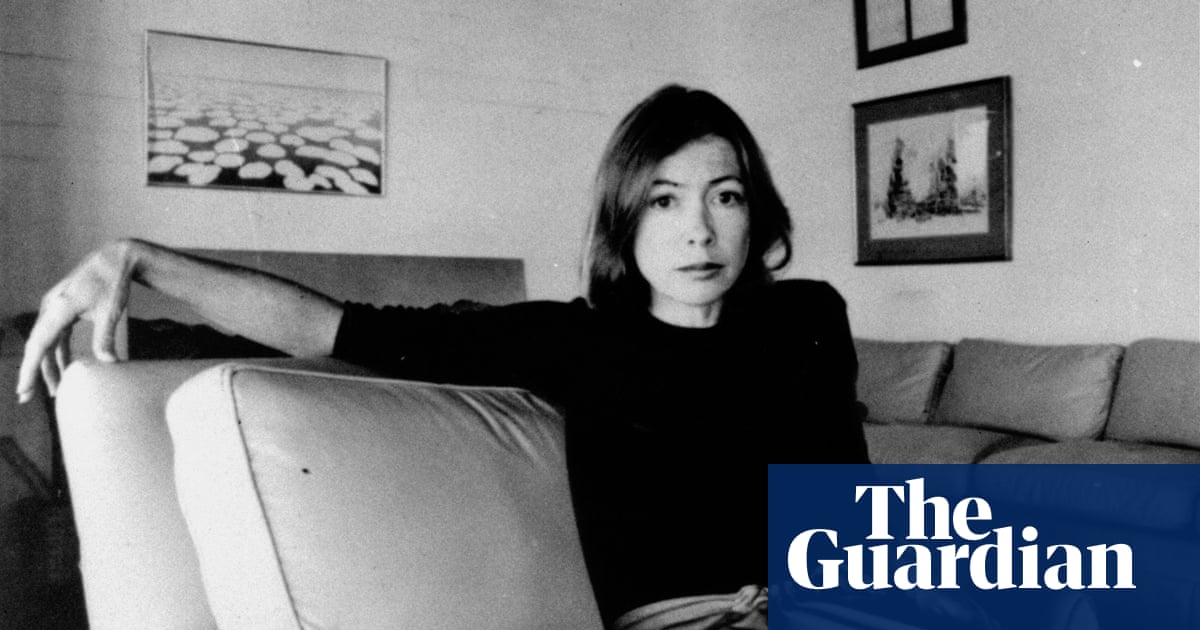A journal found in Joan Didion’s home is to be published in April.
Discovered in a filing cabinet next to the American writer’s desk after her death in 2021, Notes to John is addressed to Didion’s husband, John Gregory Dunne, who died in 2003. Its entries begin in December 1999, and recount sessions Didion was having with a psychiatrist at the time.
after newsletter promotion
As we know from a letter she wrote to a friend at that time, her family had been having “a rough few years” when Didion started writing Notes to John. The psychiatrist sessions detailed in the journal include discussions of Didion’s childhood, alcoholism, depression and her adopted daughter, Quintana. Didion spoke in the sessions about her relationship with Quintana, who lived with mental illness and alcoholism, and died in 2005 aged 39.
According to UK publisher 4th Estate, an imprint of HarperCollins, the conversations Didion had with the psychiatrist “were central to Didion’s understanding of the themes she turned to in her brilliant late works, Where I Was From, The Year of Magical Thinking and Blue Nights.”
Kishani Widyaratna, publishing director at 4th Estate said: “It is a great honour to be bringing this extraordinary new book to readers. Notes to John offers us a deeply moving and astonishingly intimate portrait of the person behind the revered literary persona, and rare insight into the genesis of some Didion’s most treasured works.”
Joan Didion was born in Sacramento, California, in 1934 and worked as a journalist before publishing her first novel, Run River, in 1963. She went on to write four more novels including A Book of Common Prayer and Democracy. She was also well known for her essays such as Goodbye to All That and The White Album, and her memoir The Year of Magical Thinking won the National Book Award for nonfiction in 2005. In 2013, she was presented with a National Humanities Medal by Barack Obama and, in the same year, she won the PEN Center USA’s Lifetime Achievement award.
“I write entirely to find out what I’m thinking, what I’m looking at, what I see and what it means,” Didion said of her work.
